Contrary to reports, more than half of corporate execs plan to expand entry-level hiring
Key Takeaways
- Despite AI’s rapid adoption, 58% of corporate executives plan to expand entry-level hiring, reflecting a counterintuitive reality in the job market.
- The most valuable entry-level skills are shifting from narrow technical expertise to human capabilities like critical thinking, adaptability, and communication, with liberal arts majors outperforming computer science graduates in recent employment prospects.
- Entry-level roles are evolving from task execution to “orchestration” of digital labor and AI agents, demanding that career progression becomes a non-linear “mosaic” based on project outcomes and continuous skills development rather than tenure.
When the Federal Reserve Bank of New York released its latest labor market analysis, the findings startled career counselors and corporate recruiters alike. Philosophy majors were outperforming computer science graduates in employment prospects. Art history degrees were proving more marketable than finance credentials. Nutrition sciences majors faced unemployment rates of just 0.4%, while computer engineering graduates struggled with rates of 7.5%.
For Ali Bebo, Chief Human Resources Officer at Pearson, the numbers confirmed what she’s been observing. “The success of philosophy and art history majors underscores that core truth that we’re seeing everywhere,” she said. “Human skills — learning, adaptability, communication, critical thinking — are so important. Those skills translate quite nicely into the adoption of advanced tech, AI, and machine learning.”
Human skills — learning, adaptability, communication, critical thinking — are so important. Those skills translate quite nicely into the adoption of advanced tech, AI, and machine learning.
Ali Bebo, Chief Human Resources Officer at Pearson
Recent graduates face unemployment rates of 5.8% as of the first quarter of 2025, the highest since 2021, according to the Fed report. Yet Slack’s Workforce Index survey of over 5,000 global desk workers reveals a counterintuitive reality: A majority (58%) of executives plan to expand entry-level hiring, even as AI adoption surges.
This paradigm shift reflects a broader truth about human-AI collaboration: While AI excels at routine information processing, it creates a corresponding need for enhanced critical thinking skills, positioning the new entry-level worker not as a traditional admin or even a code writer but as someone who can ask the right questions, identify AI limitations, and bridge the gap between artificial intelligence and human insight in an era where human judgment becomes more valuable than ever.
From Execution to Orchestration
Ruth Hickin, VP of Workforce Innovation at Salesforce, has watched this transformation unfold. “We will still have entry-level jobs,” she said, dispelling the notion that AI is replacing those trying to enter the workforce. “What is shifting is more like an entry-level leadership role over digital labor or agents. It’s no longer just about execution. It’s also about orchestration as a core skill.”
At Salesforce, Hickin’s team has additionally identified 10 essential enterprise skills organized into specialty areas such as human (adaptability, accountability, collaboration, emotional intelligence), agent (AI literacy, human-agent collaboration), and business (problem solving, critical thinking, data interpretation, storytelling).
“Another one of the core skills is adaptability,” Hickin emphasized. “We do not know where AI will be in the next year. We do know that AI roughly doubles in its capabilities every seven months. It’s really important that employees are able to reskill themselves.”
The acceleration of change is impacting the skills themselves. “Skills are shrinking fast,” Bebo explained. In other words, what a student might have learned in pursuit of a degree isn’t even necessarily relevant. “We’re thinking in terms of skills needed for six months,” she added. Hickin quantified the shift: “Over the last 10 years, 25% of our core skills have changed. It’s going to be more like 60% or 70% going forward.”
The Fed data suggests this change in what skills are needed is having an impact. Computer science majors face 6.1% unemployment, while philosophy majors sit at 3.2%. As AI handles routine coding and data processing, the premium shifts toward capabilities machines can’t replicate. For example, when OpenAI’s Project Mercury trains AI on financial modeling, building Excel models and formatting PowerPoint decks, it targets traditional entry-level tasks. But the capacity to question assumptions and synthesize information becomes more valuable when AI handles execution.
For organizational psychologist Tomas Chamorro-Premuzic, the data reveals something more fundamental about how artificial intelligence is transforming what organizations value in their newest employees. “Gen AI turns everybody who can speak or manage a language into a programmer,” he explained. “Prompting is programming.” In this landscape, liberal arts graduates bring advantages that technical training alone can’t provide: superior command of language, curiosity, and the breadth of knowledge needed to “interact with AI in an original and value-adding way,” he said.
Building the Right Capabilities
But understanding which skills matter is only half the equation. The greater challenge is developing them — and quickly.
Jenny Simmons, VP of Employee Learning who oversees enterprise skills initiatives at Salesforce, sees this playing out in how new hires choose to engage with AI tools. “So many of these tools are fairly intuitive,” she said. “But there is a need for people to look at the output critically to understand, are they getting what they need? They need to know how to prompt really well, use accurate language, and evaluate critically whether it gave them what they need or not.”
This critical evaluation capacity separates effective AI users from those who simply have access to the tools. Today’s graduates often develop it informally. “They’re coming out of school having used these tools in their coursework,” Simmons observed. “They’re looking at how to shape the job with these tools and get to a higher level much quicker.”
Hickin offers a concrete example of an entry-level product manager at Salesforce who used Google’s language model to “absorb vast arrays of customer data and help translate that to their engineers, because engineers were feeling disconnected from the customer problem.” The AI handled data processing while the product manager provided human judgment about which insights mattered and how to communicate them effectively.
Organizations are now systematizing what graduates previously learned through trial and error. At Pearson, Bebo’s team uses the “DEEP framework” an acronym for diagnose, embed, evaluate, and prioritize. The company employs a skills ontology called Faethm by Pearson, to identify capabilities needed for each role then embeds learning in daily work while creating feedback loops through continuous evaluation.
This formalization addresses a structural mismatch. “Traditional higher education has prepared people for the first job but not necessarily for a 30-year career,” Bebo noted. In a world where skills have a six-month shelf life, credentials matter less than demonstrated capacity to learn. “We’re not hiring for narrow technical skills,” she explained. “The key thing we look for is learning agility, the ability to communicate well, creative thinking, collaboration.”
The distinction shows up clearly in usage patterns. According to Slack’s research, 96% of AI users have performed tasks they couldn’t have done without assistance. But daily users who report 64% higher productivity share a defining characteristic: They’ve developed strong critical evaluation skills.
“What they come out of school with is skills that help them adapt and adopt technology at a faster rate,” Bebo observed. In an environment where technical capabilities become commoditized through AI, the human capacity to evaluate, question, and adapt becomes the most valuable resource.
Reshaping the Career Ladder
These shifting demands are reshaping career progression. “We’ve thought of careers as a linear track, a ladder upwards,” Hickin said. “We’re encouraging people to think of your career as more like a mosaic. Think of the diagonal directions you could go.”
The metrics of advancement shift accordingly. “Progression signals are around skills,” Hickin explained. “It’s no longer a static career path but project-based rotations, gigs, shadowing opportunities. Progression signals emerge around judgment, creativity, collaboration with AI, proven through project outcomes, skill certifications, not tenure.”
Salesforce’s forward-deployed engineer role is an example. “It’s a technical and human role helping customers configure Agentforce,” Hickin described. “We need technical understanding but also customer understanding. We have people who’ve been in their job for 15 years working side by side with new grads because they have the core talent [to do this job]. It’s now very much right skills, right time, right problem.”
Perhaps most striking is how approaching career progression this way inverts traditional expertise hierarchies. “Entry-level people told us they want structure and tools available, then to let them loose to figure out how to get to the final point themselves,” Simmons said.
Success metrics shift accordingly. “Are they engaging with learning? Sharing best practices? Getting to the end result in a new or more creative way?” Simmons asked. “Where we see success is people who drive things forward themselves rather than waiting for something to be handed to them.”
Pearson has created professional communities where recent graduates teach seasoned professionals. “At our AI summit, you would see people earlier in their career teaching very seasoned folks across different disciplines about different use cases,” Bebo described.
Redesigning for the AI era
These shifts demand entirely new organizational structures. Bebo offers a visual for the future: “Many orgs are triangular shaped. I think we’re going to be more diamond shaped.” The middle expands with consultative roles bringing talent intelligence forward while the top focuses on value stewardship. This shift is especially notable given that there’s been a big spike in middle managers impacted by recent layoffs.
Don’t think about it as ‘I need to replace these jobs,’ It’s ‘What are the net-new jobs we will bring in more junior, post-grad staff into?’
Ruth Hickin, VP of Workforce Innovation at Salesforce
A diamond-shaped organization will require reimagining talent development. “L&D needs to be designing as product managers with new solutions every quarter, not every six months to a year,” Bebo said. “You have to think [about the] future as six months, not 18 months.”
Hickin framed the imperative around intentional design. “What separates thoughtful companies is baking augmentation into role design. Not analyst plus AI. What is the job? What is the AI going to do? What is the human going to do? They think about productivity as a shared human-AI output.”
The strategic opportunity lies in using new emerging talent as a strategic differentiator, Hickin argued. “Don’t think about it as ‘I need to replace these jobs,’” she said. “It’s “What are the net-new jobs we will bring in more junior, post-grad staff into?’”
Chamorro-Premuzic offered an analogy: “Think of gen AI as a microwave for ideas. It may lead to an unhealthy intellectual diet in the short term but won’t eliminate Michelin-starred restaurants in the long term. The hope is that gen AI will free up time for thinking.”
History offers reason for optimism, he said. “After short periods of disruption, technology has always created more jobs than it destroys and improved working conditions and productivity for all.” In an era where AI excels at execution but struggles with judgment, the new entry-level worker succeeds not by mastering a specific technical stack but by asking better questions of AI tools, identifying their limitations, and bridging the gap between what algorithms generate and what humans understand. The core fundamental, said Hicken, “is really about the flexibility and willingness to learn.”
Go deeper:
- Learn how Salesforce is empowering employees through Career Connect




















